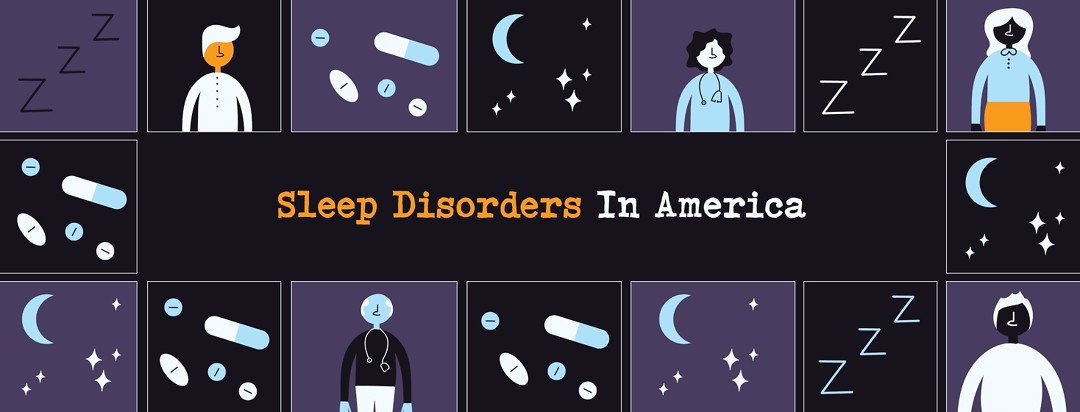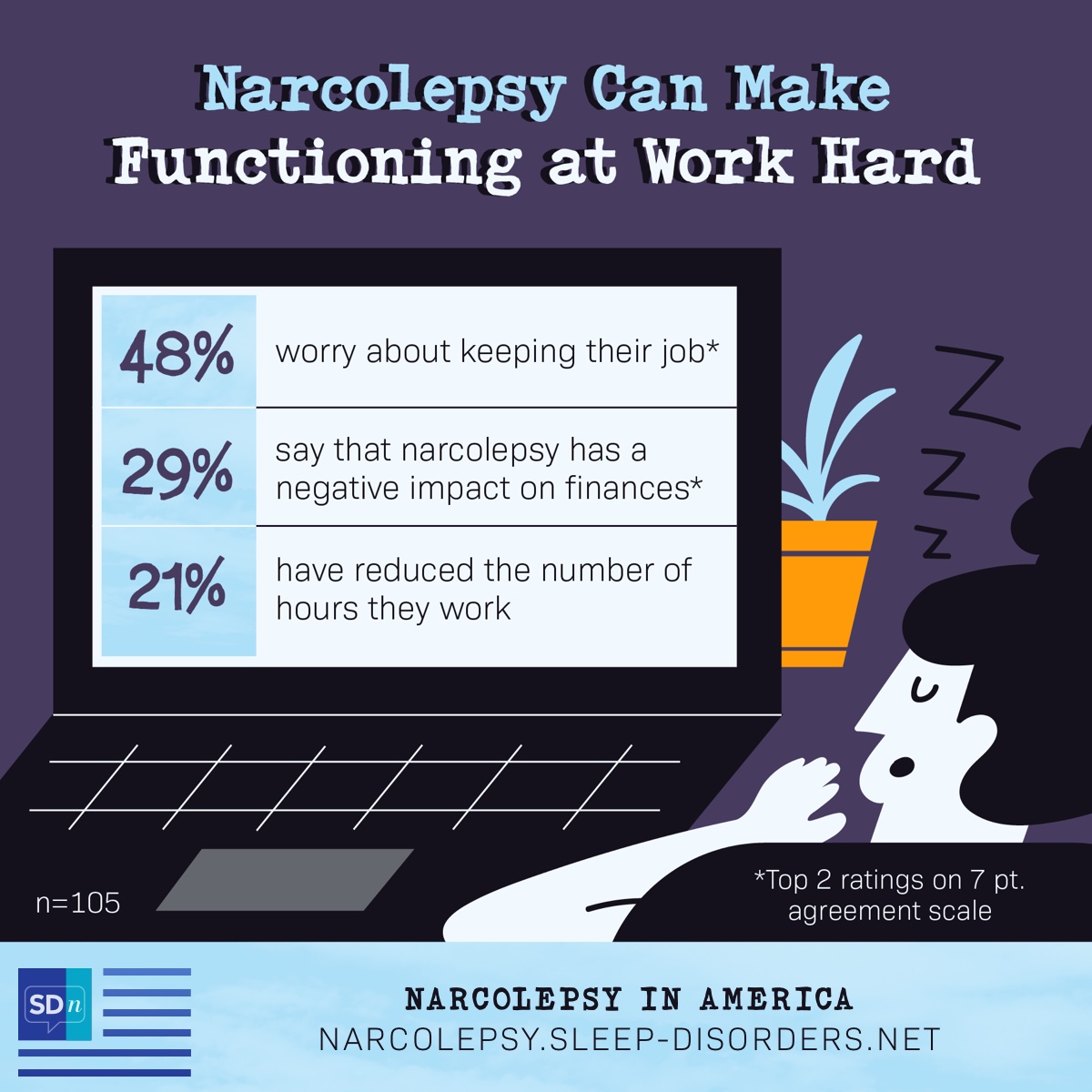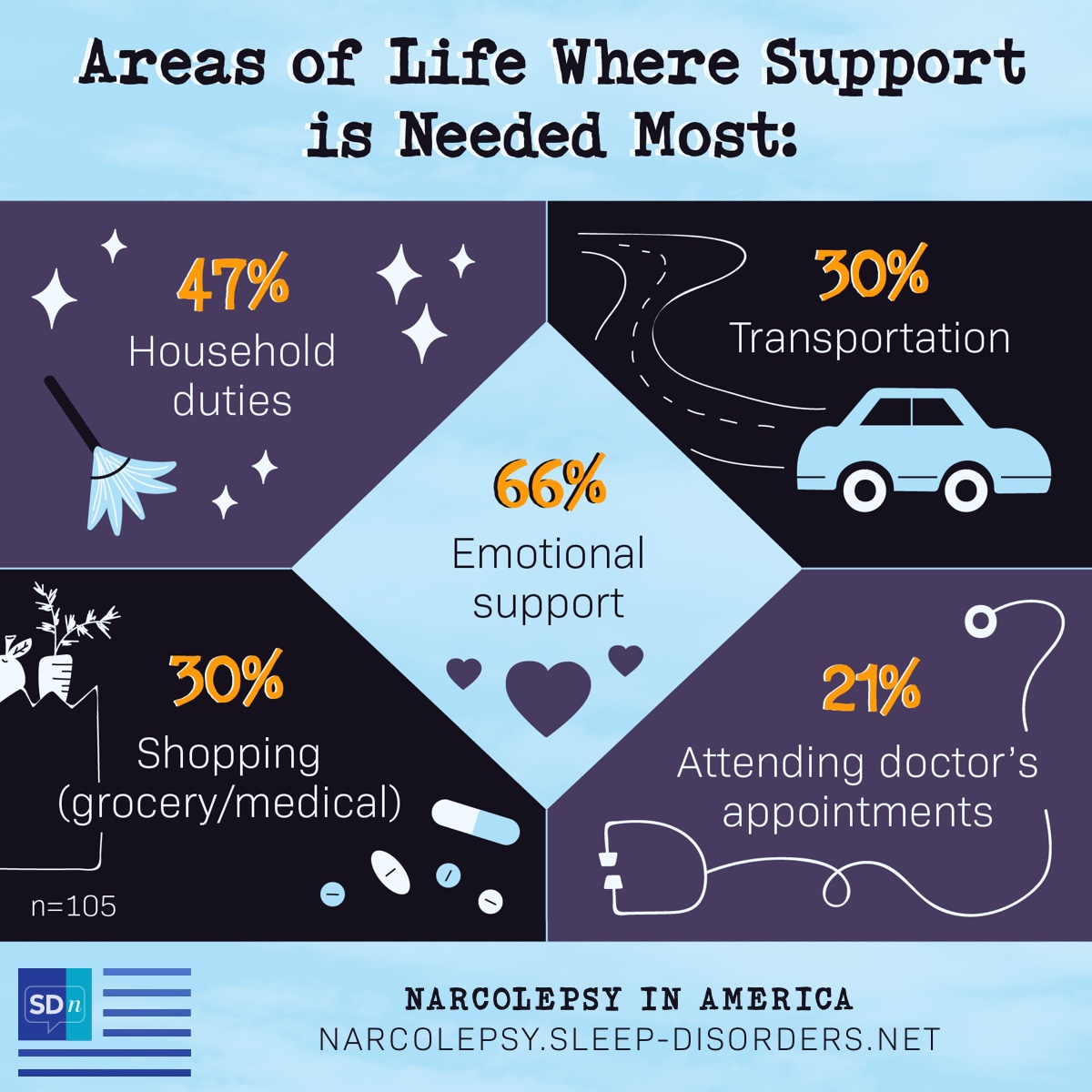The Reality of Life With Narcolepsy: Results From the Inaugural Sleep Disorders In America Survey
Narcolepsy is more than being tired all the time. It is a rare neurological condition that affects nearly all aspects of life. Taking more naps or getting more sleep does not make narcolepsy go away. In fact, while some people can manage symptoms with treatment or lifestyle changes, there is no cure for narcolepsy.
Lack of awareness and misunderstanding can cause long diagnosis delays. Meanwhile, the physical and mental health aspects of living with narcolepsy mean people often need support with coping and daily activities. In our inaugural Sleep Disorders In America survey, we asked people living with narcolepsy to share what life with narcolepsy is really like.
The road to diagnosis
Narcolepsy is notoriously difficult to diagnose. Around 60 percent of people surveyed waited more than 5 years from when they began experiencing symptoms until getting a narcolepsy diagnosis. As a rare disease, narcolepsy is often misdiagnosed as something else, like epilepsy or a mental health condition.
Different types of healthcare professionals may be part of the diagnosis journey and sometimes more than one doctor is involved. Around 36 percent of people surveyed saw 2 or more doctors during the diagnosis process.
The impact on work and finances
Narcolepsy symptoms, like excessive daytime sleepiness and cataplexy attacks, can make it hard to function at work. For some people, accommodations like scheduled nap breaks or working from home help them make it through their workday.
In fact, 21 percent of people surveyed said they have had an employer make accommodations. Some people can work full- or part-time with narcolepsy, but for others, the severity of their condition prevents them from performing their job duties. Some 30 percent of people surveyed were on disability.
How can others help us?
Fighting sleep attacks can make driving, running errands, and doing household tasks impossible at times. Physical exhaustion is one thing, but narcolepsy also takes an emotional toll. Stigma, misunderstanding, and symptoms that most of our friends and family have never experienced can make life with narcolepsy feel lonely. It is not always easy to ask for help, but having support from others can make navigating this journey a little easier.
The power of community
Our community is one place you can turn to for support and understanding. Whether you are looking for treatment information or tips to manage at work, reading others’ experiences and sharing your own story helps us feel more connected, more informed, and a little less alone.
The 2020 Sleep Disorders In America survey was conducted online from March through July 2020. Of the 2,198 people who completed the survey, 105 were narcolepsy respondents.




Join the conversation